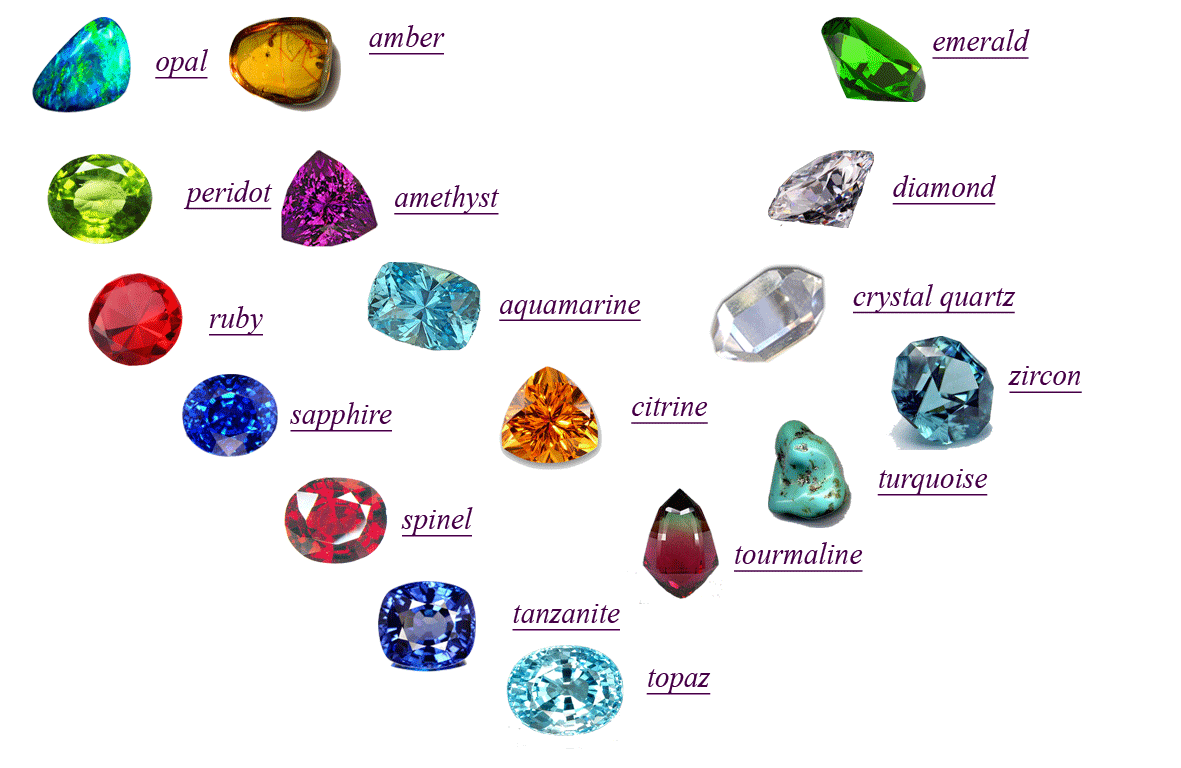Cast gemstones have become a fascinating topic for jewelry enthusiasts and collectors alike. These stunning gems, crafted through innovative techniques, offer a unique blend of affordability and beauty that appeals to a wide audience. Whether you're a seasoned gemstone expert or just starting your journey into the world of jewelry, understanding cast gemstones is essential.
For centuries, gemstones have captivated humanity with their brilliance and rarity. However, the demand for affordable yet elegant jewelry has led to the development of cast gemstones. These stones, created through advanced casting processes, mimic the appearance of natural gemstones while offering a more budget-friendly option. This guide will delve into everything you need to know about cast gemstones, from their creation to their role in modern jewelry design.
As we explore the world of cast gemstones, we'll uncover their characteristics, benefits, and how they compare to natural gemstones. By the end of this article, you'll have a comprehensive understanding of these captivating stones and their place in the jewelry industry.
Read also:Poki Flavors Exploring The World Of Unique And Flavorful Delights
Table of Contents
- What Are Cast Gemstones?
- History of Cast Gemstones
- Types of Cast Gemstones
- Manufacturing Process
- Qualities of Cast Gemstones
- Benefits of Cast Gemstones
- Comparison with Natural Gemstones
- Popular Uses of Cast Gemstones
- Market Trends
- Tips for Buying Cast Gemstones
What Are Cast Gemstones?
Cast gemstones are synthetic stones created through a casting process that mimics the appearance of natural gemstones. These stones are engineered in laboratories or factories using techniques that replicate the natural crystallization process. The result is a gemstone that looks remarkably similar to its natural counterpart but is often more affordable and accessible.
Cast gemstones are made from materials such as glass, resin, or other synthetic compounds. They are designed to possess the same optical properties and aesthetic appeal as natural gemstones, making them an attractive option for jewelry designers and consumers alike.
Key Characteristics of Cast Gemstones
Here are some key characteristics of cast gemstones:
- Highly durable and resistant to scratches
- Available in a wide range of colors and sizes
- Cost-effective compared to natural gemstones
- Environmentally friendly due to controlled production methods
History of Cast Gemstones
The history of cast gemstones dates back to the 18th century when scientists began experimenting with synthetic materials to replicate natural gemstones. The first successful synthetic gemstone was created in 1837 by French chemist Marc Antoine Augustin Gaudin, who produced synthetic rubies. Since then, advancements in technology have led to the development of various types of cast gemstones, each with its own unique properties and applications.
Today, the production of cast gemstones has become a sophisticated industry, with manufacturers using cutting-edge techniques to create stones that rival the beauty of natural gemstones. This evolution has made cast gemstones an integral part of modern jewelry design.
Types of Cast Gemstones
There are several types of cast gemstones available in the market, each with its own distinct characteristics. Below is a breakdown of the most popular types:
Read also:Ice Cube Wife The Inspiring Life And Journey Of Kimberly Woodruff
Synthetic Diamonds
Synthetic diamonds are created through processes such as High-Pressure High-Temperature (HPHT) or Chemical Vapor Deposition (CVD). These diamonds possess the same chemical and physical properties as natural diamonds but are grown in a laboratory setting.
Cubic Zirconia
Cubic zirconia is a popular choice for cast gemstones due to its affordability and brilliance. It is a synthetic crystalline material that closely resembles diamonds in appearance and is widely used in jewelry.
Glass Gemstones
Glass gemstones are made from molten glass and are often used in costume jewelry. They are lightweight, inexpensive, and come in a variety of colors and shapes.
Manufacturing Process
The manufacturing process for cast gemstones varies depending on the type of stone being produced. However, most processes involve the following steps:
- Material Preparation: The raw materials, such as glass or resin, are prepared and melted to form a molten liquid.
- Casting: The molten material is poured into molds that dictate the shape and size of the gemstone.
- Cooling and Hardening: The material is allowed to cool and harden, forming a solid gemstone.
- Polishing and Finishing: The gemstone is polished to enhance its shine and remove any imperfections.
Qualities of Cast Gemstones
Cast gemstones possess several qualities that make them appealing to consumers:
Durability
Cast gemstones are highly durable and resistant to scratches, making them ideal for everyday wear. They can withstand the rigors of daily use without losing their luster.
Variety
Cast gemstones are available in a wide range of colors, sizes, and shapes, offering endless possibilities for jewelry designers. This versatility allows for creative and unique designs that cater to diverse tastes.
Affordability
One of the most significant advantages of cast gemstones is their affordability. They offer a cost-effective alternative to natural gemstones, making high-quality jewelry accessible to a broader audience.
Benefits of Cast Gemstones
Cast gemstones provide numerous benefits to both consumers and the jewelry industry:
- They are environmentally friendly, as their production does not involve mining.
- They offer consistent quality and clarity, unlike natural gemstones, which can vary in appearance.
- They enable jewelry designers to experiment with innovative designs without the constraints of cost.
Comparison with Natural Gemstones
While cast gemstones share many similarities with natural gemstones, there are some key differences:
Appearance
Cast gemstones are designed to closely resemble natural gemstones in terms of color, brilliance, and clarity. However, trained gemologists can often distinguish between the two based on subtle differences in structure and composition.
Value
Natural gemstones generally hold higher value due to their rarity and natural formation. Cast gemstones, while beautiful, are more affordable and do not appreciate in value over time.
Popular Uses of Cast Gemstones
Cast gemstones are widely used in various types of jewelry, including:
- Engagement rings
- Necklaces and pendants
- Earrings
- Bracelets and bangles
They are also popular in fashion accessories, such as watches and brooches, where their affordability and versatility make them an attractive choice.
Market Trends
The market for cast gemstones is growing rapidly, driven by increasing consumer demand for affordable and sustainable jewelry options. According to a report by MarketsandMarkets, the global synthetic gemstone market is expected to reach $2.3 billion by 2027, growing at a CAGR of 10.3%.
Key trends in the market include:
- Rising awareness of ethical and sustainable jewelry practices
- Growing popularity of lab-grown diamonds and other synthetic gemstones
- Increased adoption of cast gemstones in luxury jewelry
Tips for Buying Cast Gemstones
When purchasing cast gemstones, consider the following tips:
- Research the manufacturer or supplier to ensure they are reputable and trustworthy.
- Examine the gemstone for clarity, color, and cut to ensure it meets your expectations.
- Ask for a certificate of authenticity if purchasing high-value cast gemstones.
Conclusion
Cast gemstones have revolutionized the jewelry industry by offering affordable, sustainable, and beautiful alternatives to natural gemstones. From their fascinating history to their diverse applications, these stones have proven to be a valuable asset for both consumers and designers.
We invite you to explore the world of cast gemstones further and consider incorporating them into your jewelry collection. Share your thoughts and experiences in the comments below, and don't forget to check out our other articles for more insights into the world of jewelry and gemstones.
References:
- MarketsandMarkets. (2022). Synthetic Gemstone Market.
- GIA. (2023). Guide to Synthetic Gemstones.
- Jewelry Industry Report. (2023). Trends in Sustainable Jewelry.


